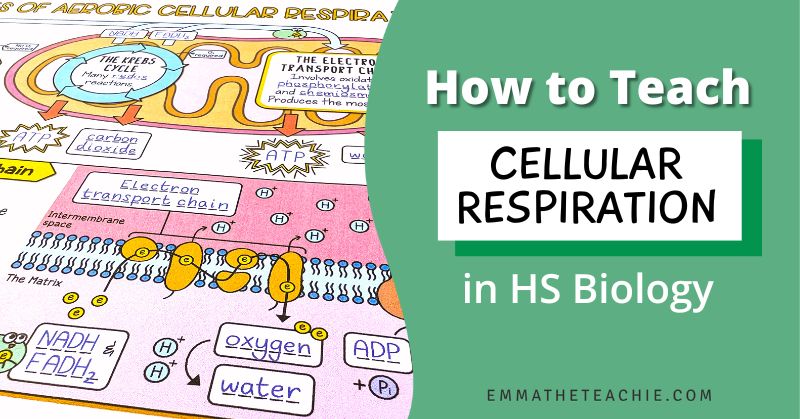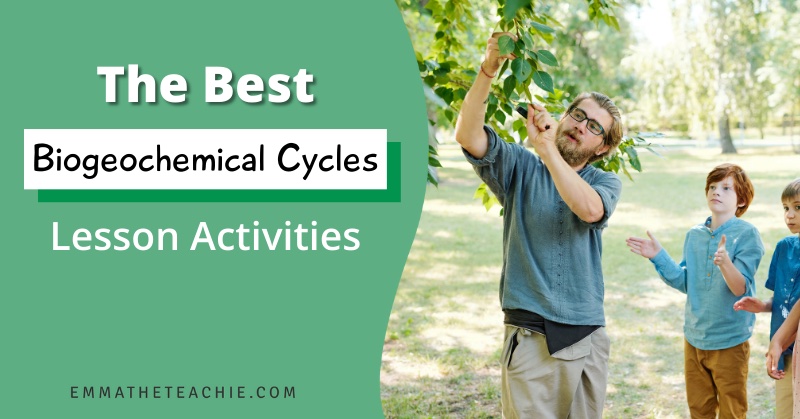
Best Biogeochemical Cycles Lesson Activities
Biogeochemical cycles are fundamental concepts in biology, but can be complex and challenging for students.
As teachers, we must be able to find different ways to engage students and make the content understandable.
Fortunately, there are a variety of different strategies and techniques that can be used to teach biogeochemical cycles!
Here are some of the best biogeochemical cycles lesson activities:
- Hands-on activities
- The jigsaw method
- Total recall
- Google Slides activities
- Case studies
- Field trips
By using a combination of these methods, we can help students to better understand these important biological processes and their role in sustaining life on Earth!
Let’s dive in!
Pssst! If you are looking for low prep, ready-to-use resources, then you can grab these now!

1 – Hands-on activities
Students will be much more engaged in hands-on activities, especially when learning difficult concepts like biogeochemical cycles.
There are a variety of hands-on activities that can be done with your students.
An example of a hands-on activity could include building models of the different cycles. All you would need to provide is the arts and craft supplies. For instance, if students were creating a model of the carbon cycle, you could provide balloons, straws, and paper.
From there, students must use their creativity to accurately depict the carbon cycle.
In addition to models, laboratory activities are also great hands-on activities to help students learn.
For example, teachers can lead students to calculating their water and carbon footprints. The water calculator website provides you with six teaching resources that can be used in the middle school or high school classroom.

2 – Jigsaw the information
Using the jigsaw method is one of my favorites to use in the classroom.
Here’s a quick breakdown:
- Students are divided into groups
- Each group is given a different biogeochemical cycle, e.g. water, carbon, nitrogen, or phosphorus.
- Using sources of information, e.g. textbooks, a PowerPoint on a class laptop, or notes sheets, students learn about one biogeochemical cycle and make their own notes/diagrams/posters.
- After a set amount of time, students return to their original small group, and take it in turns to teach about the biogeochemical cycle they became an expert on.
- While one student is teaching their portion, the other three students are taking notes.
This works really well In terms of biogeochemical cycles, as there are four key cycles taught in most curricula.

Here are some tips for making the most of this activity:
- At the start of the activity, tell students that they will be using their notes/poster to teach the rest of their group at the end (this makes sure they put good effort into it!)
- Put a timer on so students know how long they have left to create their notes/poster
- Walk around and point out any gaps in notes with each group
- Have some colored pens/pencils on hand for students to use
This is a really active lesson, and your students will be engaged the whole time!
I love using the jigsaw method. I hope you feel inspired to try it out!
3 – Total Recall
Total Recall is a fun, out of the box activity that my students love and I know yours will too!
For this activity, I will print a poster-sized image of the carbon cycle and put it outside the classroom door. I then split the students into groups and give them a large piece of poster board, pens, and colored pencils/crayons/markers.
Students number themselves in the groups, e.g. 1-4.
I then call each number up to look at the poster for only 30 seconds. The goal is for students to remember as much information about the poster as possible. Once the 30 seconds are complete, students go back to their seats and try to draw and write down what they remember from the poster.
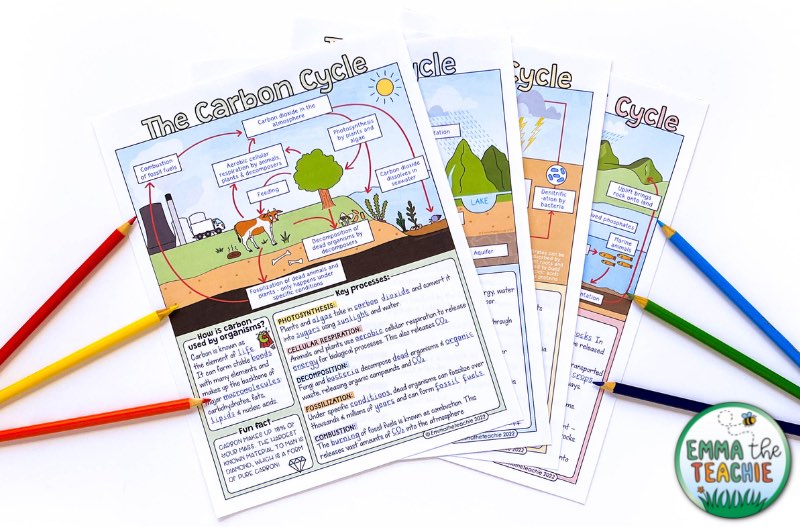
Each member of the group is given a turn. You can provide as many turns that you feel are needed for students to succeed based on their abilities.
The goal of this activity is for students to recreate the poster from their memory!
Once the posters are complete, you can walk around and score the posters.
Here’s a tip: students LOVE prizes so I will sometimes give incentives for winning, such as a small piece of candy.
At the very end, you will complete a summary activity so that all students get their own copy of the cycle.
Doodle Notes are great for this!
By completing a set of Doodle Notes, students check their understanding of each cycle. The finished notes make a great study guide!
I created the set of biogeochemical Doodle Notes shown in the image above – you can check them out in more detail here:
4 – Case studies
Case studies are another great method for teaching the biogeochemical cycles.
When you use case studies, you are providing students with real-world scenarios about these important cycles. The real-life examples allow students to identify the real-world problem and discuss how the problem can be solved.
For example, you can provide students with a case about how human activities, such as deforestation, agriculture, and fossil fuel combustion impact the carbon cycle and contribute to climate change.
Case studies also provide opportunities for reflection about their impact on the biogeochemical cycles and what they can improve upon.

5 – Google Slides activities
Google Slides are a great virtual and interactive tool to use within the classroom when teaching biogeochemical cycles.
These digital activities provide color diagrams, which are better for student understanding. There are many activities that can be done with Google Slides to help students understand the information, such as annotating reading passages, drag-and-drop activities, as well as fill-in-the-blank questions.
Google Slides are also great to implement because they make differentiation simple. You can easily take slides out, add slides, or modify the information to accommodate all learners.
I love using Google Slides so much that I created a done-for-you Google Slides activities for biogeochemical cycles. Check them out here!
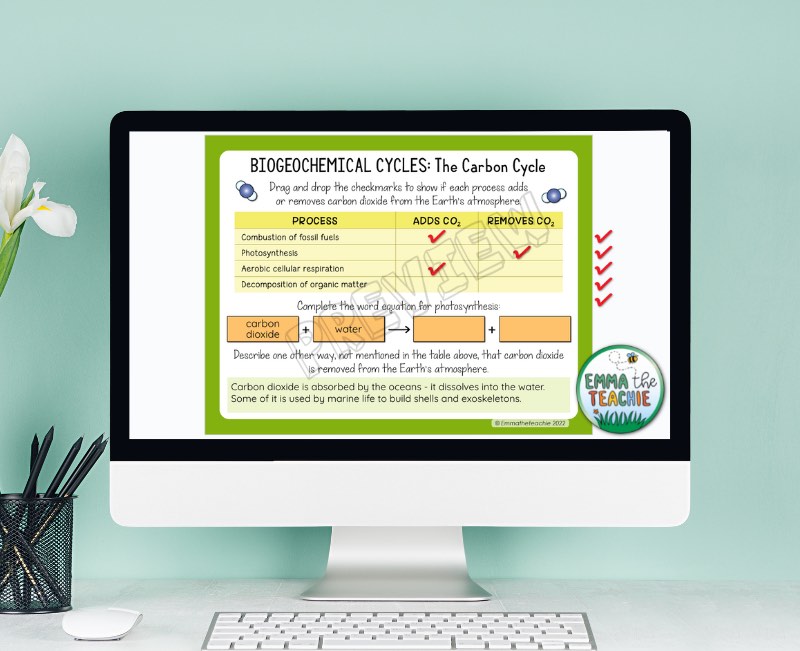
6 – Field trips
Lastly, field trips are a great motivating and engaging activity for students. While field trips may seem daunting to plan, it is important to realize that field trips can simply be a walk across the school campus.
Students will still love it!
If you take students on a field trip outside the school or to a forest, this immersive experience will help students see the components of the biogeochemical cycles in real-life and in action. By allowing students this opportunity, it will be easier for students to understand how the different biogeochemical cycles interact with each other naturally.
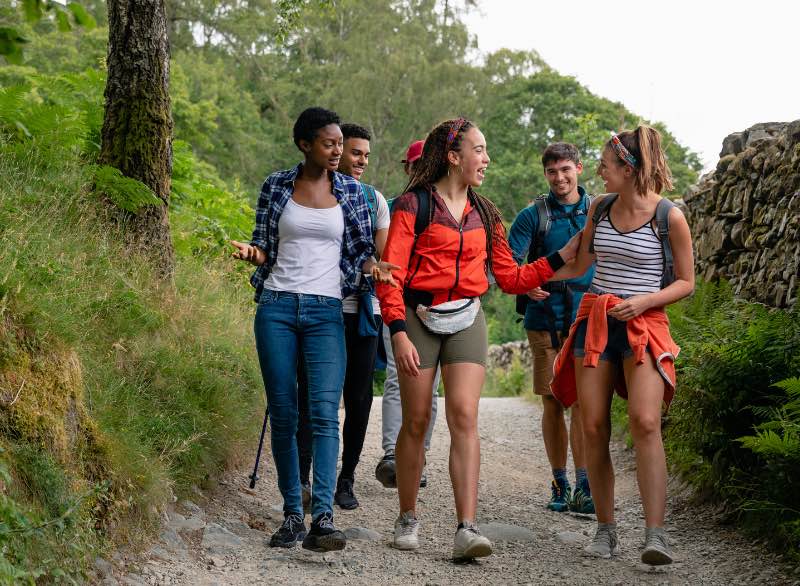
Which biogeochemical cycles lesson will you use?
It is important to remember that students will feed off of your energy. So, if you are excited about biogeochemical cycles, then they will be, too!
By changing up your teaching methods and using a variety of activities, students will be engaged in their learning, and better understand why it is important to conserve natural resources.
I hope these six lesson activities have given you some ideas for your biogeochemical cycles lesson!
If you want some quick resources for it, be sure to check these out:
Biogeochemical Cycles Doodle Notes
Biogeochemical Cycles Google Slides Activities
I hope you have a wonderful day,

